Why tapping into collective emotion is the shortcut to brand staying power
“You’re not selling a product. You’re selling a feeling…”
We often hear that most purchase decisions are made with little to no conscious thought. But that isn’t quite the full story. The truth is more interesting and far more powerful for the brands that understand it.
Roughly 95% of our buying decisions happen in the subconscious. That means they're not steered by logic, but by emotion. And that changes everything about how brands should show up in the world.
When choices are made below the surface, it’s not features or benefits that stay with us — it’s feeling. Emotional resonance is what sticks. And few things build that faster than a shared cultural moment.
These are the flashpoints that pull us together: the tweet we all saw, the ad we all quoted, the meme that nailed a national mood.
When a brand reflects those moments, it mirrors how people feel when they happen and it earns a place in collective memory.
Let’s look at four brands who have nailed this.
Duolingo’s Owl Goes Rogue (2021–2024)
The mascot that memed its way into the mainstream
Some mascots represent a brand. Duolingo’s green owl became the brand.
Starting in 2021, the owl began popping up on TikTok in increasingly chaotic ways: threatening users who missed their lessons, flirting with Dua Lipa, and posting thirst traps with unhinged captions. The tone was unpredictable, wildly self-aware, and utterly unlike any other education brand.
Duolingo didn’t explain the product. It didn’t sell benefits. It became the joke, the narrator, the internet’s favourite menace.
By 2023, Duo was showing up in Halloween costumes, fan art, and viral comments. It had fully crossed over from brand character to cultural character — with a personality people wanted to engage with, not just a message they tolerated.
What resonated:
This wasn’t a one-off post or campaign — it was sustained, in-character cultural participation. Duolingo used TikTok as a user would, not as a marketer. The result was one of the rarest things in branding: genuine fandom.
It proved that emotional connection doesn’t always come from heartwarming stories or viral moments — sometimes it’s born in chaos, carried by character, and sealed by consistency.
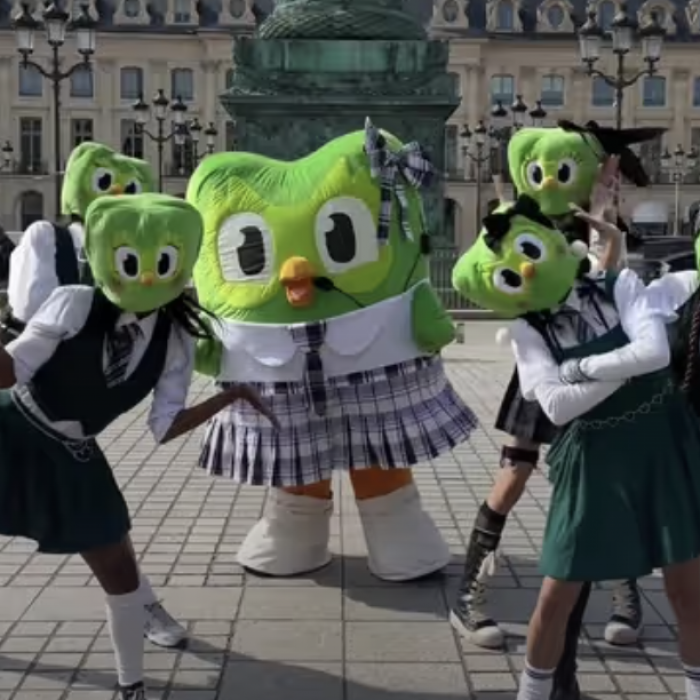
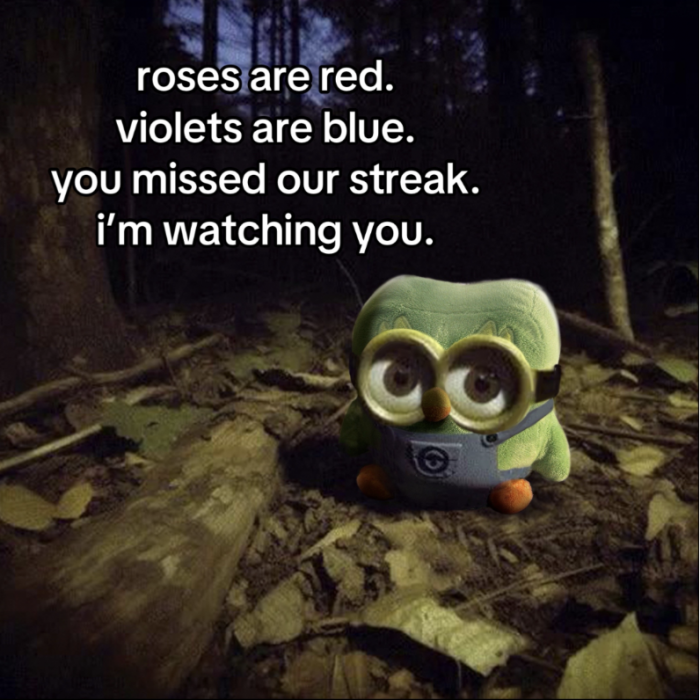
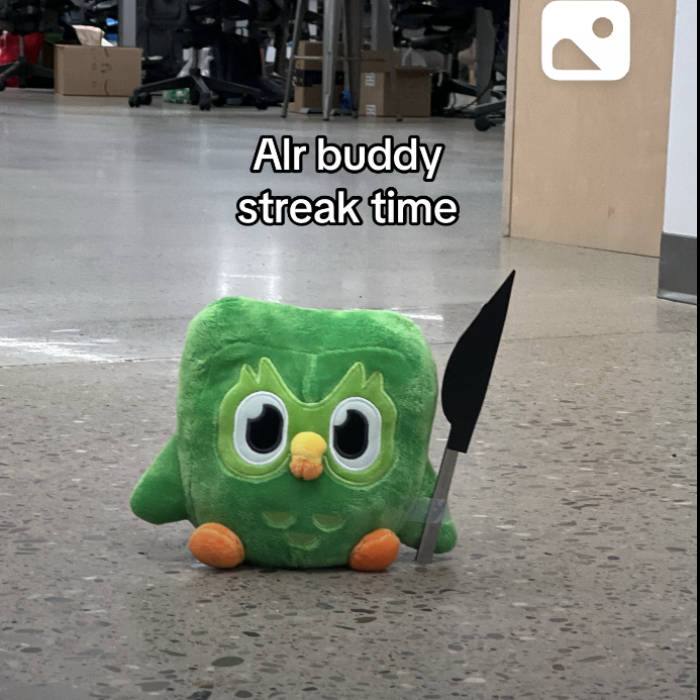
Aldi & the Caterpillar Cake Wars (2021)
How a legal spat became a national in-joke
When Marks & Spencer filed a lawsuit claiming Aldi’s Cuthbert the Caterpillar cake infringed on their iconic Colin, no one expected the fallout to include courtroom memes, hashtag campaigns and a viral caterpillar liberation movement.
But Aldi saw an opportunity – not for defence, but for delight.
Their now-iconic tweet, “This is not just any court case, this is… #FreeCuthbert,” lit the fuse. What followed was a flurry of cheeky posts, Photoshopped cake standoffs, and whip-smart replies that transformed dry IP law into a comedy saga.
What began as a trademark issue became a meme-fuelled movement. A moment of collective, comic relief in a year still heavy with pandemic anxiety.
Even M&S ended up in on the joke. Cuthbert became a cult figure. And Aldi, already loved for its prices, earned something far more valuable: brand affection.
What resonated:
This wasn’t your average piece of reactive social. It was sharp, self-aware, and unmistakably British.
Aldi cast themselves as the underdog with a sense of humour, inviting people into a shared joke when the country badly needed one. The story struck a nerve, not just for its absurdity, but for the way Aldi handled it with confidence and character.
In a moment where we were craving levity, Cuthbert delivered. And Aldi cemented its identity as a witty, people-first brand that gets our humour and speaks our language.
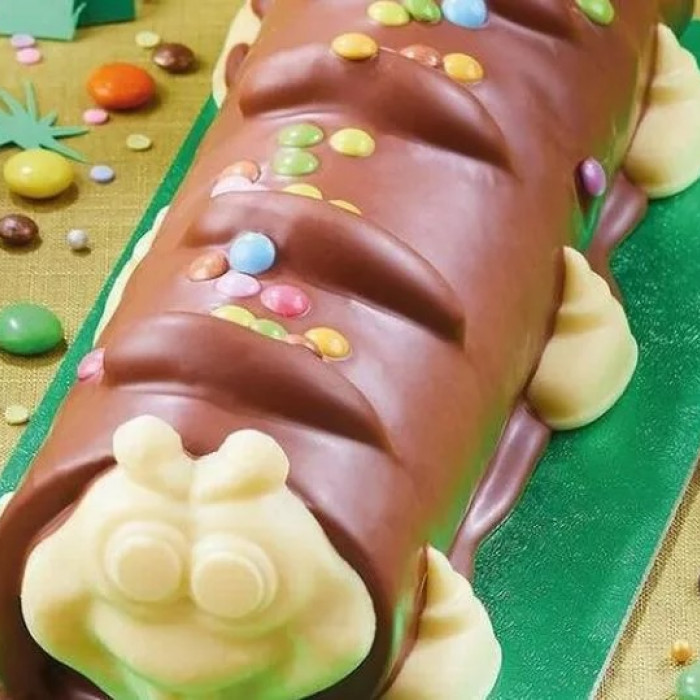
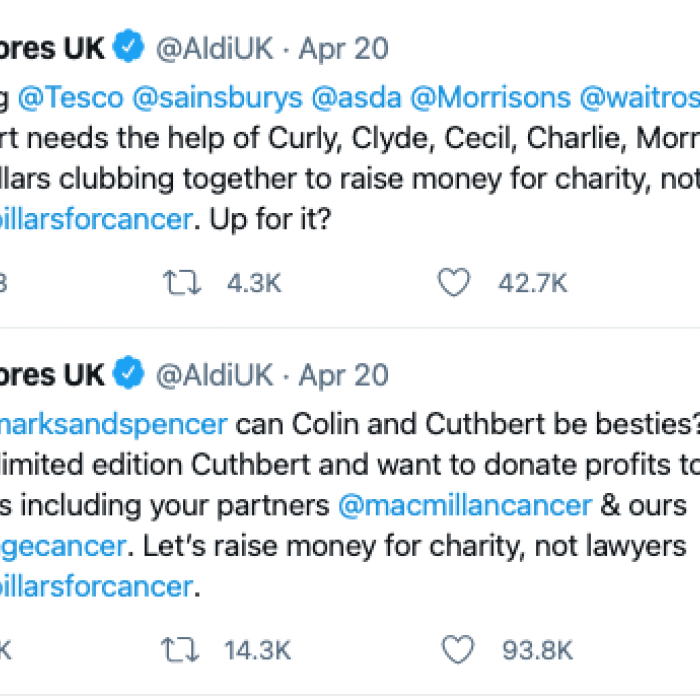
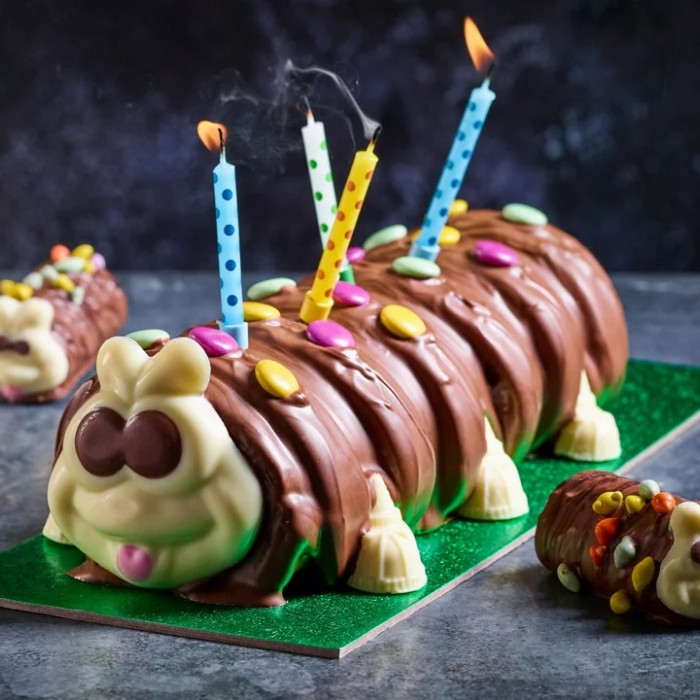
Specsavers & the Barnard Castle Tweet (2020)
Six words that captured a nation’s mood
When Dominic Cummings broke lockdown rules with the now-infamous “eye test” trip to Barnard Castle, the public response was fierce.
Amid the outrage, Specsavers stepped in with a furiously on-brand tweet and surgical timing: “Should’ve gone to Barnard Castle.”
No branding. No image. No follow-up. Just a perfectly weighted punchline.
What resonated:
The brilliance lay in its restraint. Specsavers didn’t explain the joke, they trusted us to be in on it. They turned frustration into laughter without being cruel, and brought levity to a tense moment without being tone-deaf.
It reinforced a brand tag line that had been around for years. “Should’ve gone to Specsavers” became part of the national vocabulary again, not through media spend, but through cultural fluency.
The tweet reminded us what made the brand great in the first place, timing, tone and trust.
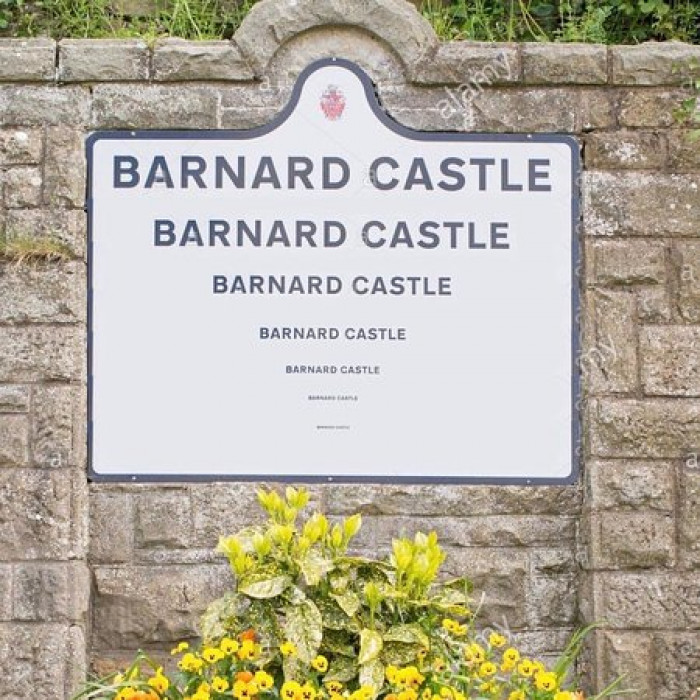
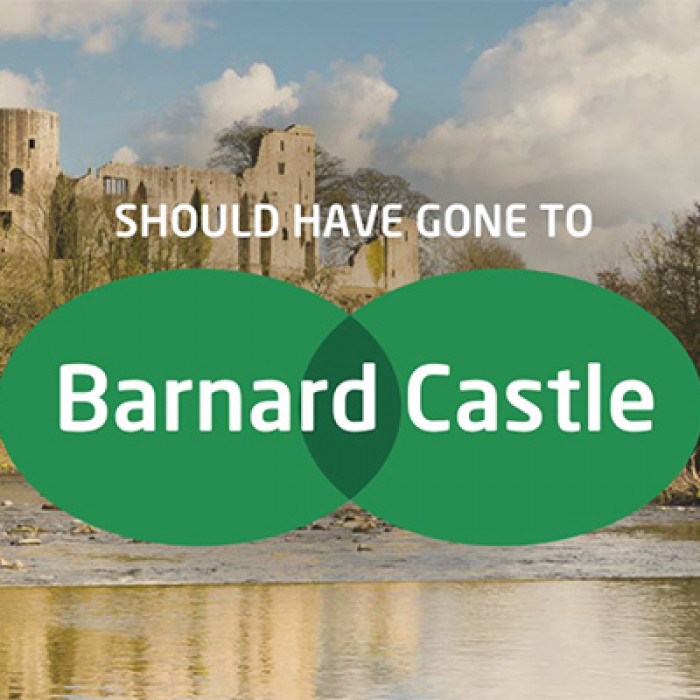
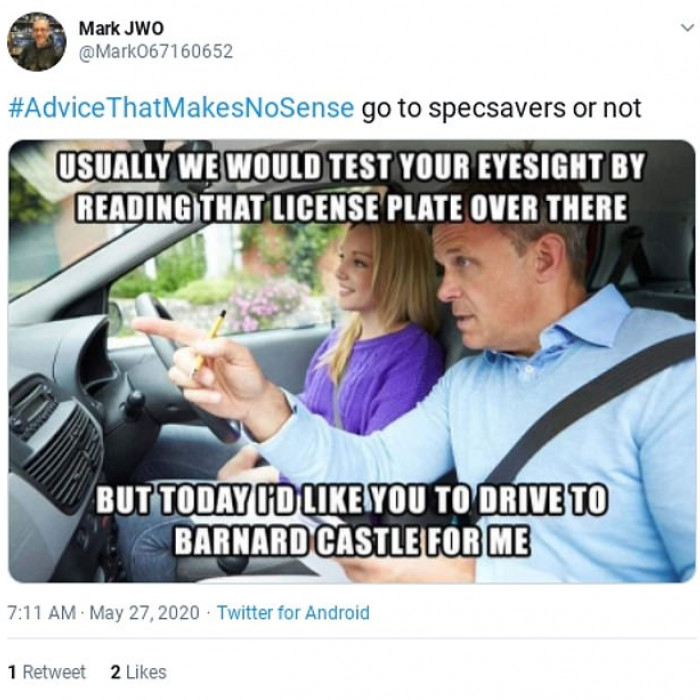
Spotify Wrapped: A Data Dump We Can’t Wait to Share
The moment data becomes identity
Every December, Spotify turns cold listening data into hot social currency. Spotify Wrapped invites users to rediscover their year in music: top artists, most played songs, hours listened and turns it into sleek, shareable content that dominates timelines.
It’s become more than a feature. It’s a cultural tradition.
Wrapped isn’t really about Spotify. It’s about you. About the version of yourself you want to show the world, the obscure indie phase, the nostalgic throwbacks, the shamefully high tally of hours spent listening to lo-fi beats to “study” to.
What resonated:
Wrapped speaks to our desire for self-expression and the joy of seeing patterns in our own behaviour. It makes data feel personal, even poetic.
People don’t really share Wrapped to show off their music taste. They share it to say: This was me. This was my year.
By turning private listening habits into communal celebration, Spotify transforms product usage into emotional meaning. And because it’s so eagerly anticipated and so individually specific it becomes a moment of both personal pride and collective participation.
It’s such a successful cultural moment that so many other brands have tried to replicate it with their own version (to varying degrees of success). And it’s not just the obvious ones like Amazon and Apple Music. You can even see your year of meal deal buys and how many bottles of milk you bought with Tesco’s Clubcard Unpacked - not that anyone asked.
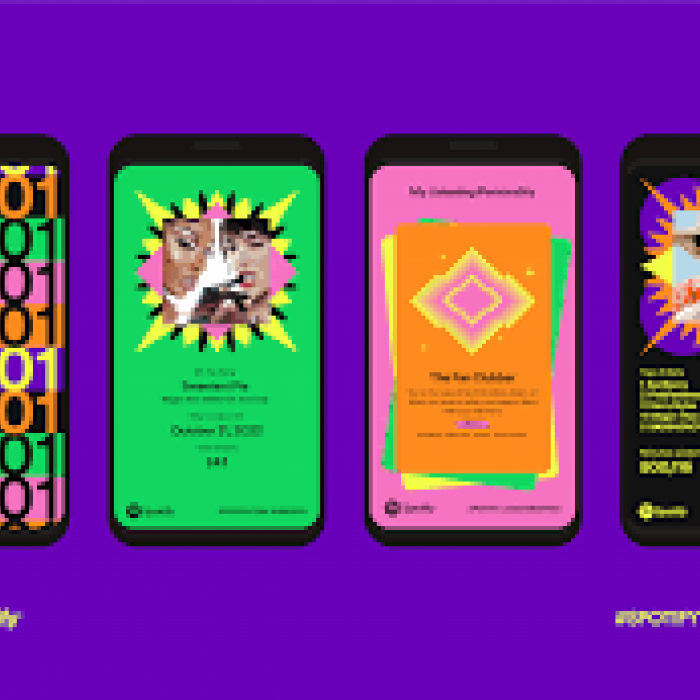
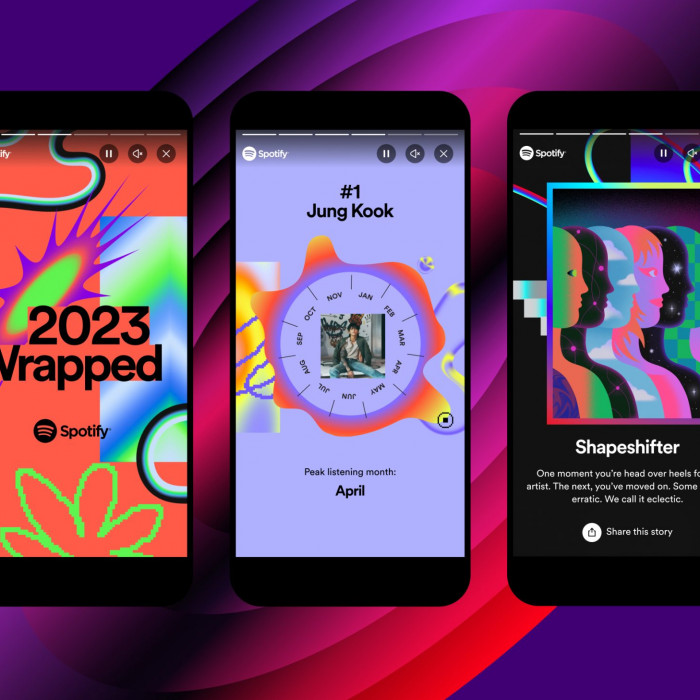
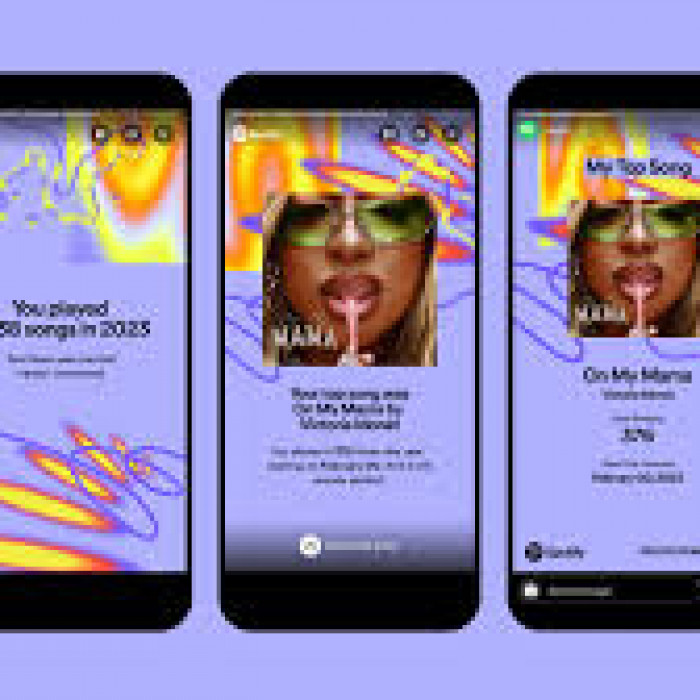
Barbie & Barbenheimer (2023)
When pink plastic collided with pop culture power
In July 2023, two very different films hit cinemas on the same day. One was a nuclear-age epic. The other a dazzling, hyper-feminine celebration of identity, camp and existentialism.
Naturally, the internet did what it does best: smashed them together into a cultural mega-meme. Barbenheimer was born and suddenly, everyone had an opinion on viewing order, outfit choice, and which film made them cry more. The contrast was absurd, brilliant, and instantly viral.
But while the meme was spontaneous, Barbie’s presence in the cultural moment had been carefully engineered.
Warner Bros launched a masterclass in brand world-building: teaser trailers dripping in style, cryptic character posters, brand collaborations with everyone from Airbnb to Crocs, and a global wave of pink that took over everything from Google search results to the London Eye. It wasn’t just a film release, it was an event. A celebration. A full-blown vibe.
What resonated:
Barbie offered more than a film. She offered a feeling, one you could wear, eat, post about, turn into a weekend plan.
Whether your connection came from nostalgia, irony, fashion, feminism or fun, there was room for you. The campaign welcomed everyone in.
It tapped into identity, performance, and self-expression in a way that felt playful but personal.
And when the Barbenheimer phenomenon exploded, Barbie leaned in. The brand didn’t fight for the spotlight, it shared it, recognising that culture isn’t something you control. It’s something you join.
The result? A rare, unfiltered joy, a weekend we all remember, and a legacy far bigger than box office sales.
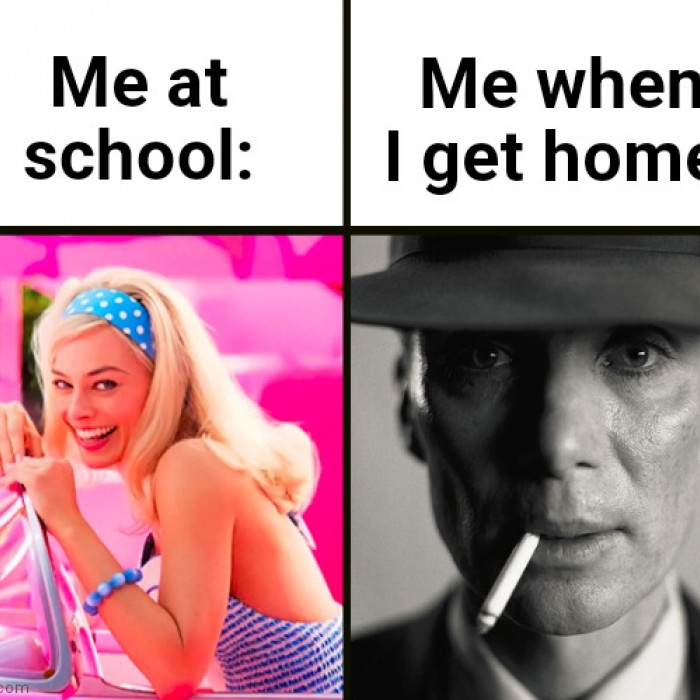
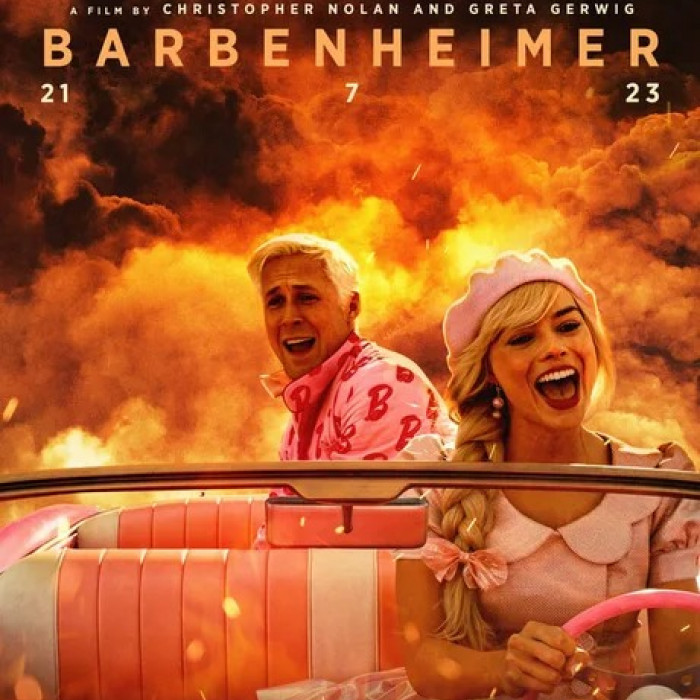
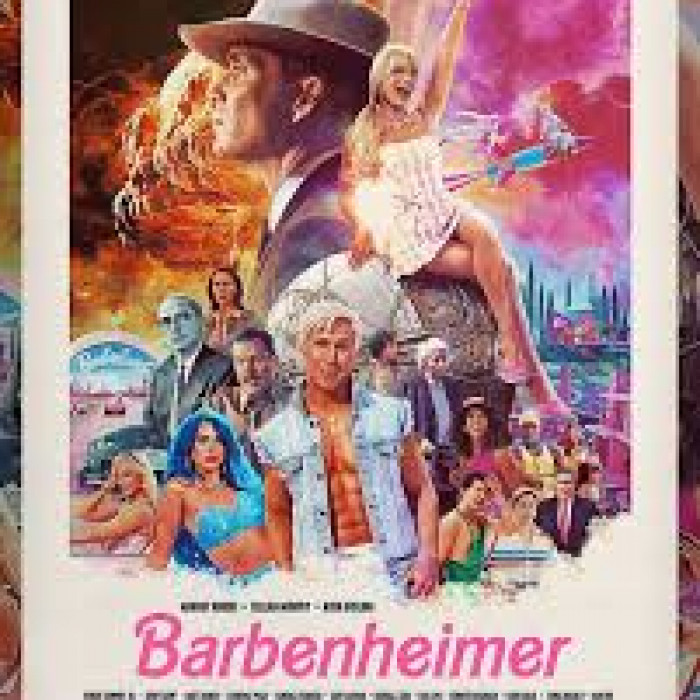
So what makes a moment unforgettable?
There’s no set formula. But there is a pattern.
The most unforgettable brands don’t force their way into culture. They understand how to listen, when to speak, and what really moves people.
Here’s what we can learn from these brands:
They show up with timing, not just targeting.
They act fast, not recklessly, but responsively and show up while the conversation’s still happening. Not after it’s been briefed, signed off, and rendered safe.
Relevance isn’t enough; aim for resonance
Plenty of brands are timely. Fewer are meaningful. What elevates a moment is how emotionally true it feels to the audience it reaches.
They speak with humanity.
Whether it’s humour, pride, empathy or defiance, they reflect real feelings. Not marketing
They turn resonance into recall.
The emotional hit lingers. The memory is formed. So the next time you’re in a shop, or scrolling online, or trying to remember who makes caterpillar cakes, they’re already in your head.
That’s what makes a moment — and a brand — unforgettable.